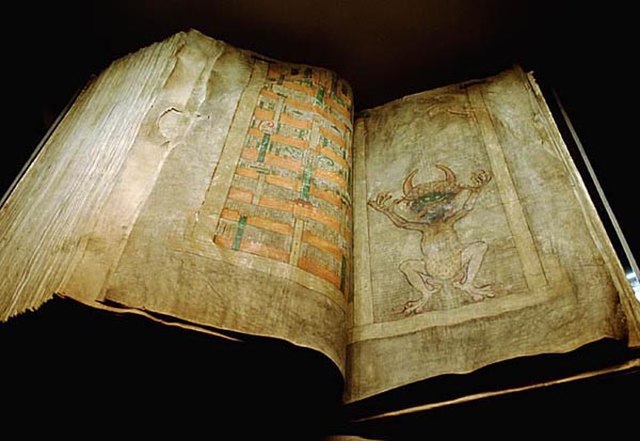Codicology is the study of codices or manuscript books. It is often referred to as "the archaeology of the book," a term coined by François Masai. It concerns itself with the materials, tools and techniques used to make codices, along with their features.
Reims gospel book
The codex was the historical ancestor of the modern book. Instead of being composed of sheets of paper, it used sheets of vellum, papyrus, or other materials. The term codex is often used for ancient manuscript books, with handwritten contents. A codex, much like the modern book, is bound by stacking the pages and securing one set of edges by a variety of methods over the centuries, yet in a form analogous to modern bookbinding. Modern books are divided into paperback and those bound with stiff boards, called hardbacks. Elaborate historical bindings are called treasure bindings. At least in the Western world, the main alternative to the paged codex format for a long document was the continuous scroll, which was the dominant form of document in the ancient world. Some codices are continuously folded like a concertina, in particular the Maya codices and Aztec codices, which are actually long sheets of paper or animal skin folded into pages. In Japan, concertina-style codices called orihon developed during the Heian period (794–1185) were made of paper.

The Codex Gigas, 13th century, Bohemia
The scroll was the document form which was replaced by the codex during the late Roman Empire.
Reproduction Roman-style wax tablet, from which the codex evolved
The Book of Kells is an example of a codex that was created during the Middle Ages.





